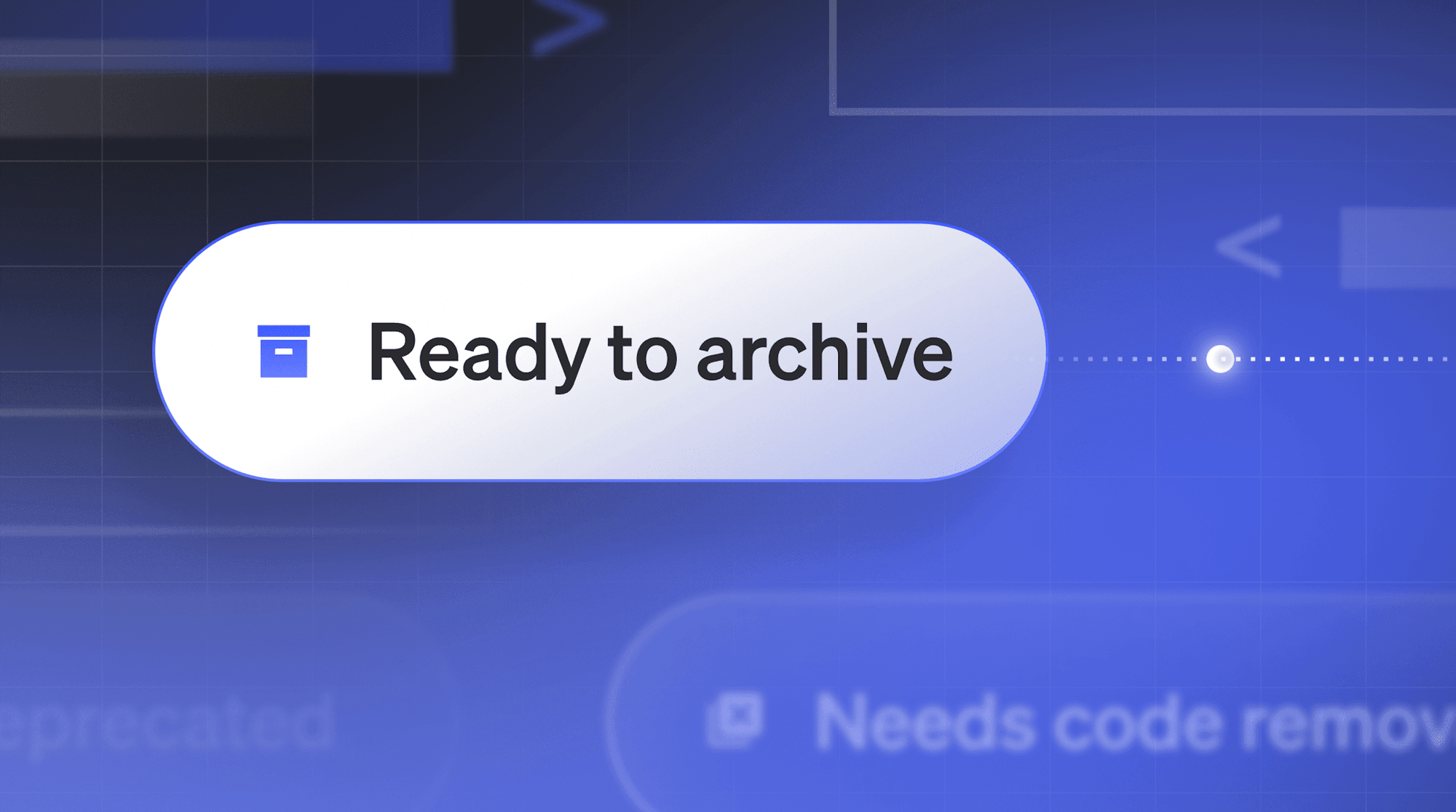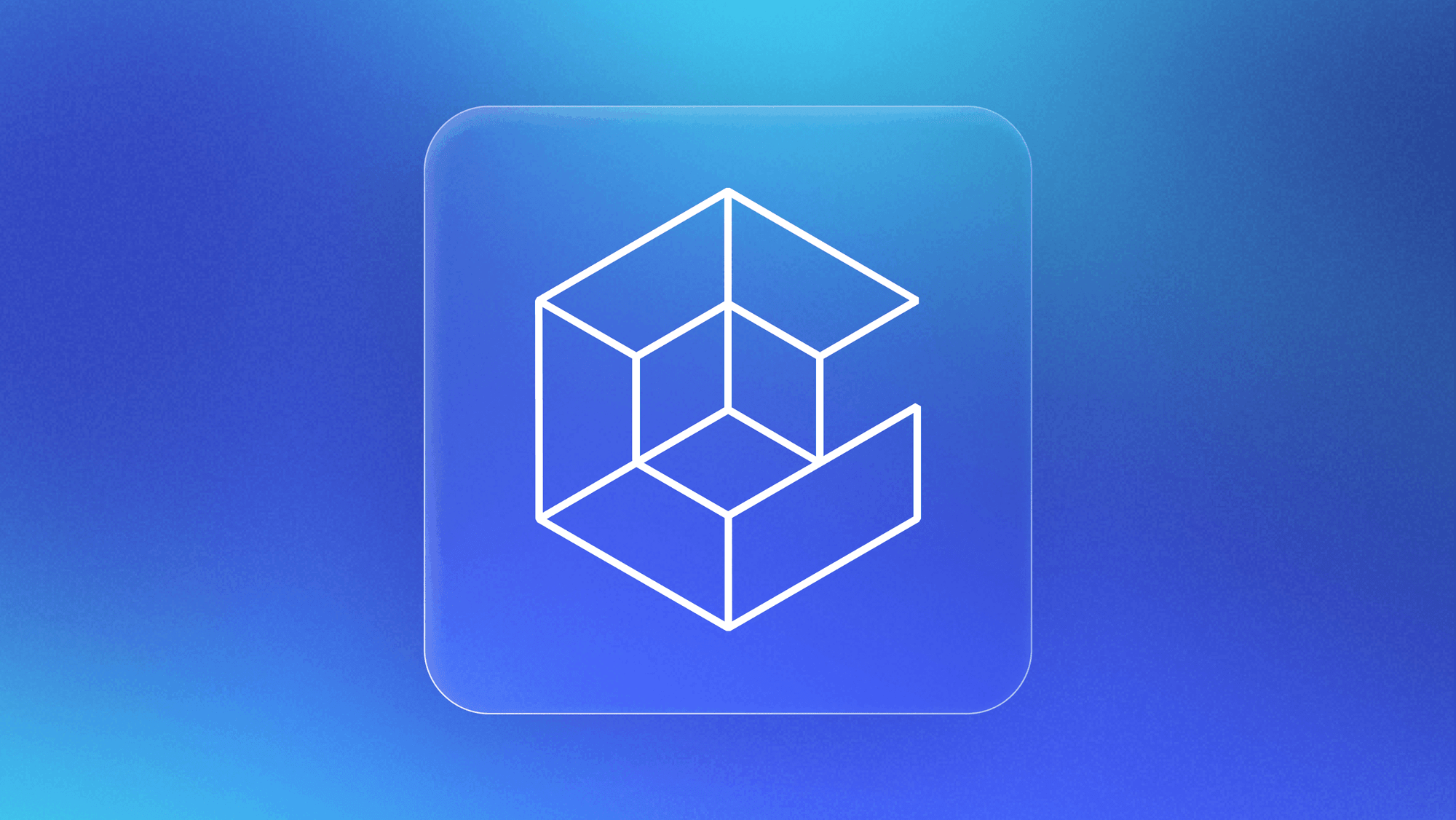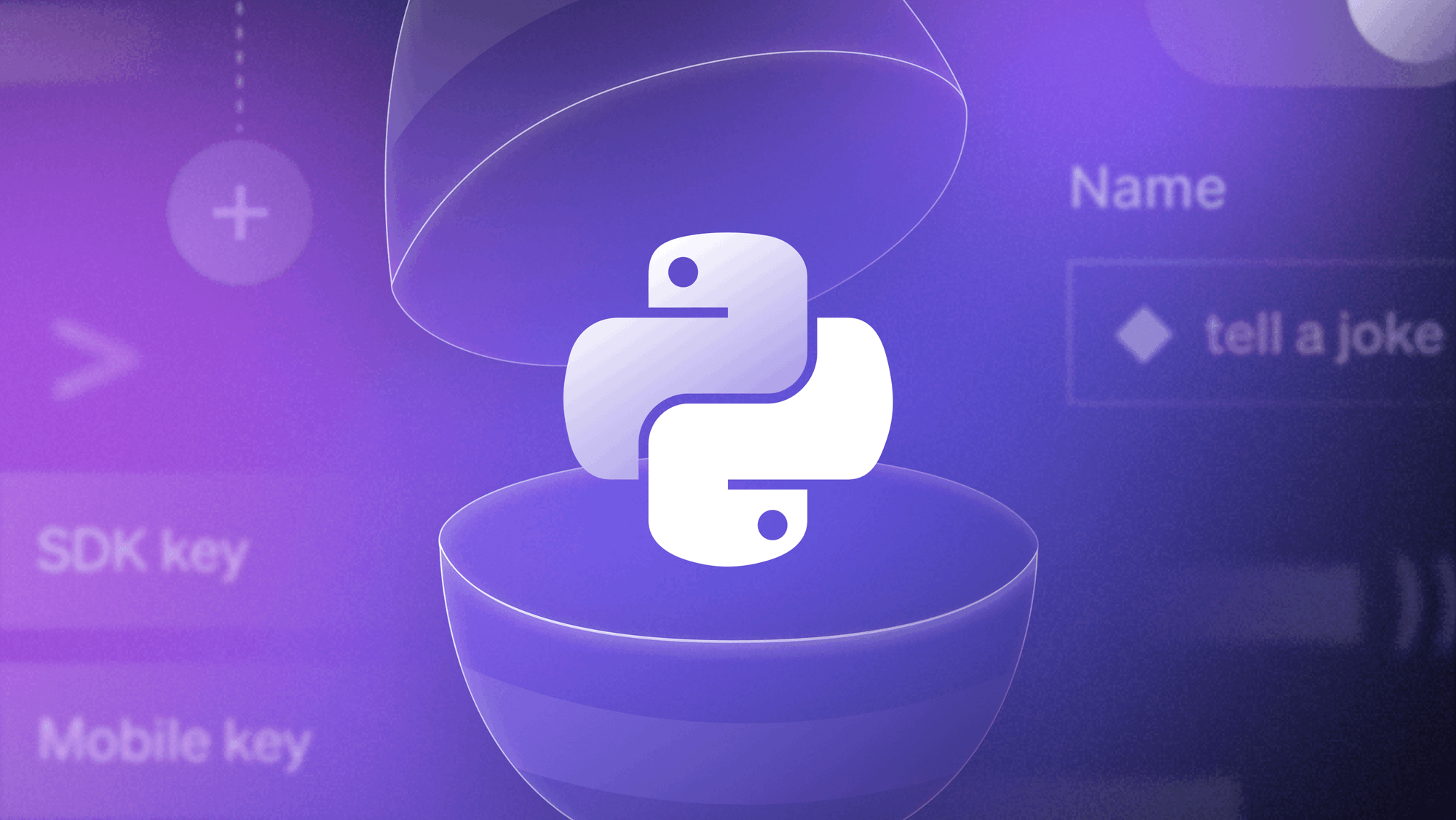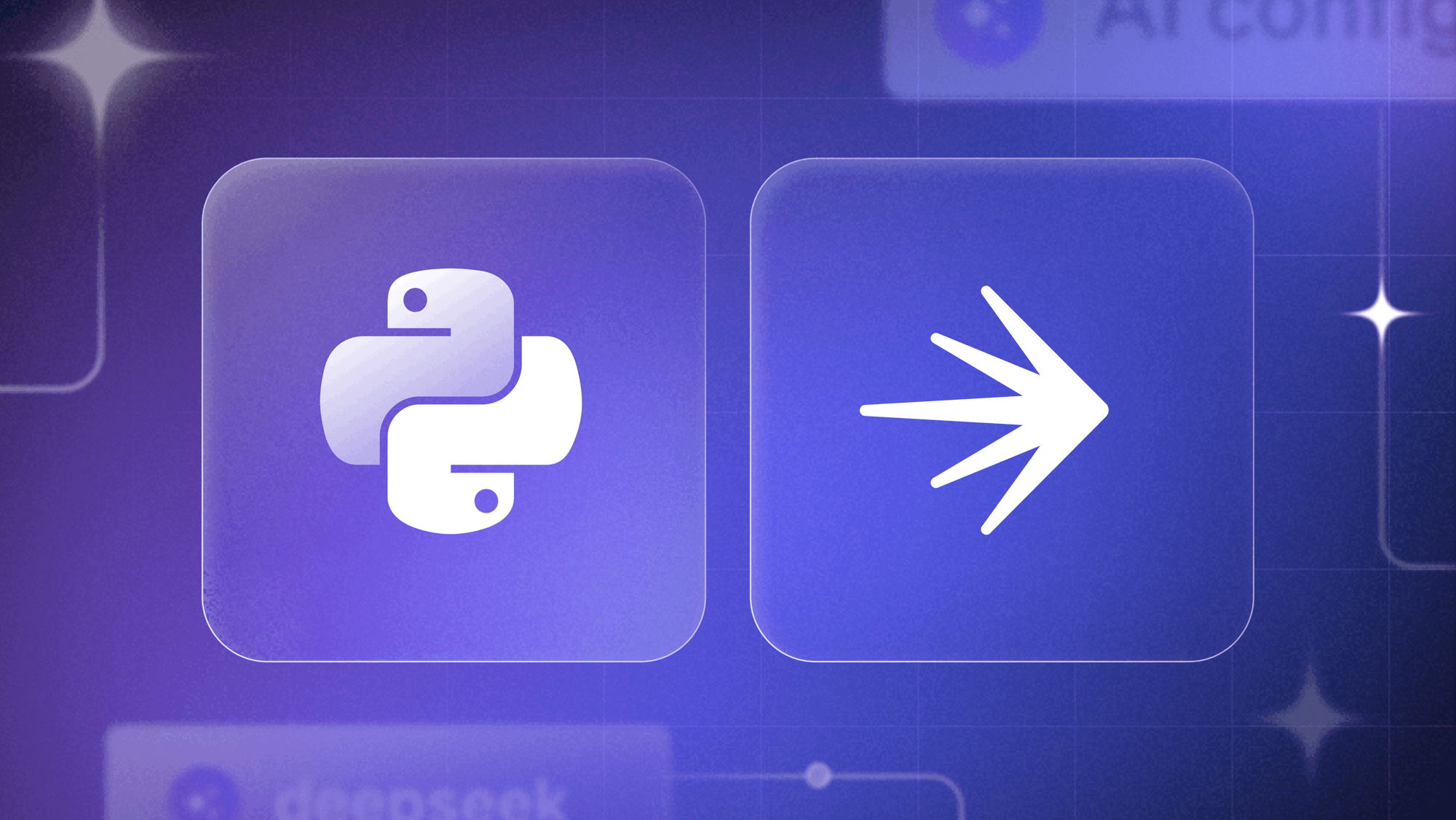Key Takeaways
- Complementary Practices: CI/CD automates code integration and delivery; DevOps fosters team collaboration.
- Automation Focus: Both rely on automation for efficiency and reliability in software delivery.
- Cultural Shift: DevOps emphasizes a culture of collaboration; CI/CD focuses on continuous integration and deployment tools.
DevOps is a cultural and organizational approach that fosters collaboration between development and operations teams, while CI/CD (continuous integration and continuous delivery) is a set of practices for automating the integration and deployment of code changes.
However, as you can imagine, there's a bit more to it.
That's why we put together this complete guide to DevOps vs. CI/CD. Below, we'll walk you through everything you need to know about DevOps and CI/CD and how they work together to revolutionize software delivery.
What is DevOps?
DevOps combines development (Dev) and operations (Ops) to streamline workflows, automate repetitive tasks, and create a more productive environment.
It's all about fostering a culture of collaboration, communication, and continuous improvement. DevOps aims to break down traditional development silos and focus on delivering high-quality software faster and more reliably.
DevOps isn't just a set of tools and processes—it's a mindset shift. It encourages (and empowers) everyone involved to take collective ownership of their work.
Some DevOps practices include:
- Continuous Integration: Frequently merging code changes into a shared repository to detect and address issues early.
- Continuous Delivery: Automatically deploying all code changes to a testing or production environment after the build stage.
- Infrastructure as code: Managing and provisioning computing infrastructure through machine-readable configuration files rather than physical hardware configuration.
Ultimately, DevOps transforms how we build, test, and release software to make it more collaborative and innovative. It's about creating a culture where everyone is aligned toward the common objective of delivering top-notch software that meets users' needs.
What is CI/CD?
If DevOps is the philosophy that brings development and operations together, CI/CD is the engine that powers their collaboration. CI/CD stands for Continuous Integration and Continuous Delivery (or Deployment), and it's all about automating the software development process to make it faster and more reliable.
Continuous Integration (CI) is the practice of frequently merging all developers' working copies to a shared mainline. The idea is to integrate code changes into the main branch multiple times a day, running automated tests each time to catch bugs early and double-check that new code works with existing code. This practice helps identify integration issues sooner (making it easier to fix them).
Continuous Delivery (CD) takes CI a step further by automatically preparing code changes for a release to production. This means that code changes that pass the CI pipeline are automatically deployed to a staging environment where they undergo further testing. When ready, they can be deployed to production with the push of a button. This guarantees that software can be released to users quickly, safely, and sustainably.
Continuous Deployment is an extension of Continuous Delivery where every change that passes automated tests is automatically deployed to production. This removes the manual step and is ideal for environments requiring rapid and frequent releases.
CI/CD practices lead to:
- Faster time to market
- Higher quality code
- Reduced deployment failures
- More frequent release
It allows development teams to focus on writing code and delivering value to users rather than getting bogged down by manual processes.
DevOps vs. CI/CD: key differences
DevOps is all about culture and collaboration. It's a holistic approach that focuses on bringing development and operations teams together to break down silos, improve communication, and create a continuous feedback loop.
CI/CD, on the other hand, is more about automation and efficiency. Its primary aim is to streamline the integration and deployment of code changes.
Let's take a look at the differences between processes, tools and technologies, and roles and responsibilities.
Process comparison
DevOps encompasses everything from infrastructure management to monitoring to build smooth operations across the entire software development cycle. It's about creating environments to develop, test, and operate effectively.
CI/CD focuses specifically on the software build, test, and deployment pipeline. Continuous Integration involves frequently merging code changes and running automated tests to catch issues early. Continuous Delivery and Continuous Deployment guarantee that code changes can be deployed quickly and safely.
Tools and technologies used
DevOps tools and technologies include configuration management tools like Ansible or Puppet, containerization tools like Docker, and monitoring tools like Prometheus or Grafana. The goal is to automate as much of the infrastructure and operations work as possible to improve efficiency and reliability.
CI/CD tools are more focused on the software development pipeline. Tools like Jenkins, Travis CI, and CircleCI handle Continuous Integration by automating the build and test process. For Continuous Delivery and Deployment, tools like Spinnaker or ArgoCD help automate the deployment process.
LaunchDarkly helps with both. It enables development teams to continuously release new features and functionality with confidence (minimizing the risk of impacting customers with buggy code). Plus, it integrates with various CI/CD tools to streamline the feature management process.
Roles and responsibilities
DevOps environments often have more flexible, fluid roles. Developers tend to work in cross-functional teams that include developers, testers, and operations working together throughout the software development lifecycle.
In the CI/CD context, roles might be more defined, with specific responsibilities for maintaining the CI/CD pipeline. Individuals might be responsible for keeping automated tests up to date and managing deployments. However, these roles still operate within the collaborative framework that DevOps promotes.
Benefits and challenges of integrating DevOps and CI/CD
Integrating DevOps and CI/CD can transform how your organization delivers software. However, it's not all clean code and green tests. You'll need to hurdle a few obstacles to realize fast builds and flawless releases.
Benefits of integrating DevOps and CI/CD
- Accelerated software delivery: DevOps and CI/CD speed up the software development and deployment process for faster time-to-market.
- Reduced deployment failures: Automated testing and continuous integration catch bugs early in the development process, reducing the likelihood of deployment failures and minimizing downtime.
- Increased productivity: Automation of build, test, and deployment processes reduces manual workload and frees up developers to focus on writing code and innovating.
- Improved quality: Continuous feedback loops and automated quality checks guarantee that code changes meet high standards before production.
- Better scalability and flexibility: DevOps practices and CI/CD pipelines scale and make it easier to manage complex projects and adapt to changing business needs.
Challenges of integrating DevOps and CI/CD
- Cultural and organizational resistance: Shifting to a DevOps and CI/CD approach requires a big cultural change, and that's likely to be met with resistance from teams accustomed to traditional methods.
- Technical complexity: Setting up and maintaining CI/CD pipelines and DevOps practices can be technically challenging.
- Initial investment: Implementing DevOps and CI/CD often requires a substantial upfront investment in tools, training, and infrastructure.
- Security considerations: It can be complicated to manage the security of automated processes and the protection of sensitive data throughout the CI/CD pipeline.
How to implement CI/CD within a DevOps culture
There's a lot of overlap between DevOps and CI/CD, but that doesn't mean turning it on is as simple as flipping a switch. Here's a short step-by-step process for implementing CI/CD within your DevOps culture:
1. Automate everything
Set up a CI pipeline to automate merging code changes and running tests. Implement automated testing at every CI/CD pipeline stage to catch bugs early and guarantee only high-quality code moves forward. This includes using unit tests, integration tests, and end-to-end tests to cover all your bases.
Use IaC tools to automate infrastructure provisioning and management and keep your environments consistent.
2. Implement Continuous Delivery and Deployment
Automate the deployment process to staging environments and guarantee that code is always in a deployable state. This involves automated testing, quality checks, and preparing code for release with minimal manual intervention.
If you're ready to take it further, implement continuous deployment to automatically push code changes to production after passing all tests and checks. This enables rapid iteration and faster time-to-market.
3. Use feature flags for safe deployments
Use feature flags to control the visibility of new features without deploying new code. This allows for safer deployments and the ability to roll back features without affecting the entire system.
Gradually expose new features to different user segments using feature flags. Start with internal testers, then move to beta users, and finally roll out to all users. This minimizes risk and allows for controlled experimentation.
4. Establish continuous feedback loops
Use monitoring tools to continuously monitor your applications' health and performance. Collect metrics and logs to gain insights into system behavior and identify issues early.
Encourage regular feedback from all team members and stakeholders. Use retrospectives and post-mortems to learn from successes and failures and continuously refine your processes and practices.
5. Invest in the right tools
Choose tools that integrate well with your existing workflows and support your CI/CD and DevOps initiatives. LaunchDarkly, for example, provides feature management that can seamlessly fit into your CI/CD pipeline. It's designed to increase the velocity and stability of software releases—making it a go-to tool for modern DevOps practices.
Best practices for implementing DevOps and CI/CD
Successfully implementing DevOps and CI/CD requires more than just the right tools and technologies—it demands a strategic approach. Here are a few best practices to get you on the right path:
- Start small: Begin with a small, manageable project to test your DevOps and CI/CD processes. This allows you to identify potential issues and refine your approach before scaling up.
- Build your culture: Form cross-functional teams that include developers, operations, QA, and other stakeholders. Encourage transparent and open communication across teams.
- Invest in automation: Use automation to handle repetitive tasks such as testing, building, and deploying code. This reduces human error and frees your team to focus on more strategic work.
- Monitor performance: Continuously monitor the performance of your applications and infrastructure. Collect metrics on key performance indicators (KPIs) such as deployment frequency, lead time, and mean time to recovery (MTTR).
- Focus on security: Integrate security practices early in the development process (shift left). Conduct regular security assessments, code reviews, and vulnerability scanning to identify and mitigate risks early.
- Use feature flags: Use feature flags to roll out new features gradually and control their visibility. This allows you to test new features in production without exposing them to all users at once.
Feature management and DevOps
Traditionally, deploying new code meant releasing it to all users at once. Feature flags, however, separate the deployment of code from its release to users. This means that code can be deployed to production without being immediately visible or active for all users.
Developers can test features in a live environment, and only when everything is confirmed to be working correctly can the feature be toggled on for users. This decoupling allows for safer, smaller, and more frequent deployments (reducing the risk of major incidents).
One of the most powerful aspects of feature flags is their ability to serve as a kill switch. If a feature causes an error in production, it can be quickly disabled without requiring a rollback or redeployment. This immediate response minimizes downtime and swiftly resolves any production issues.
For example, if a newly released feature starts causing performance issues, a developer or IT operator can toggle off the feature flag, instantly reverting the system to a stable state while the problem is investigated and resolved.
Feature flags are essential for implementing progressive delivery, a modern approach to releasing software. Progressive delivery involves gradually rolling out new features to different segments of users, starting with internal testers, then beta users, and finally, all users. This controlled rollout lets your team monitor the impact of new features in real-time, gather feedback, and make necessary adjustments before a full-scale release.
Adopt progressive delivery with LaunchDarkly feature management
Implementing DevOps and CI/CD practices takes a combination of culture, know-how, and technology—and we can help with the latter. LaunchDarkly's feature management platform lets you adopt progressive delivery without the hassle.
With LaunchDarkly, you can:
- De-risk Releases: Roll out features progressively to maintain stability and minimize the impact of potential bugs.
- Better Collaboration: Empower developers and operations teams to manage feature rollouts and handle production issues together.
- Improve User Experience: Control who sees new features and gathers valuable feedback from real users before a full-scale launch.
- Accelerate Innovation: Experiment with new ideas and iterate faster.
Get started today with a free trial or request a demo to see how LaunchDarkly can revolutionize your DevOps and CI/CD practices.















